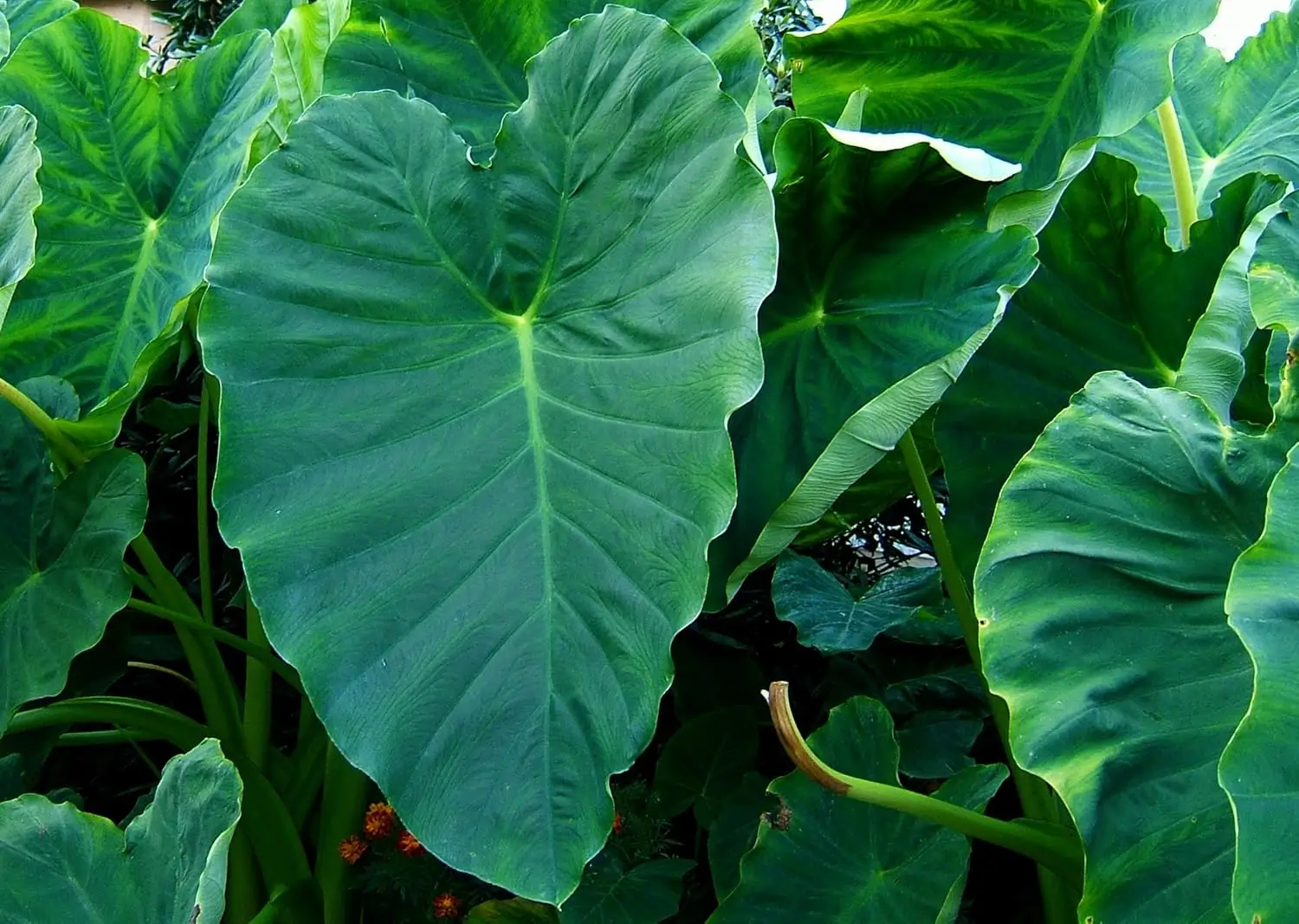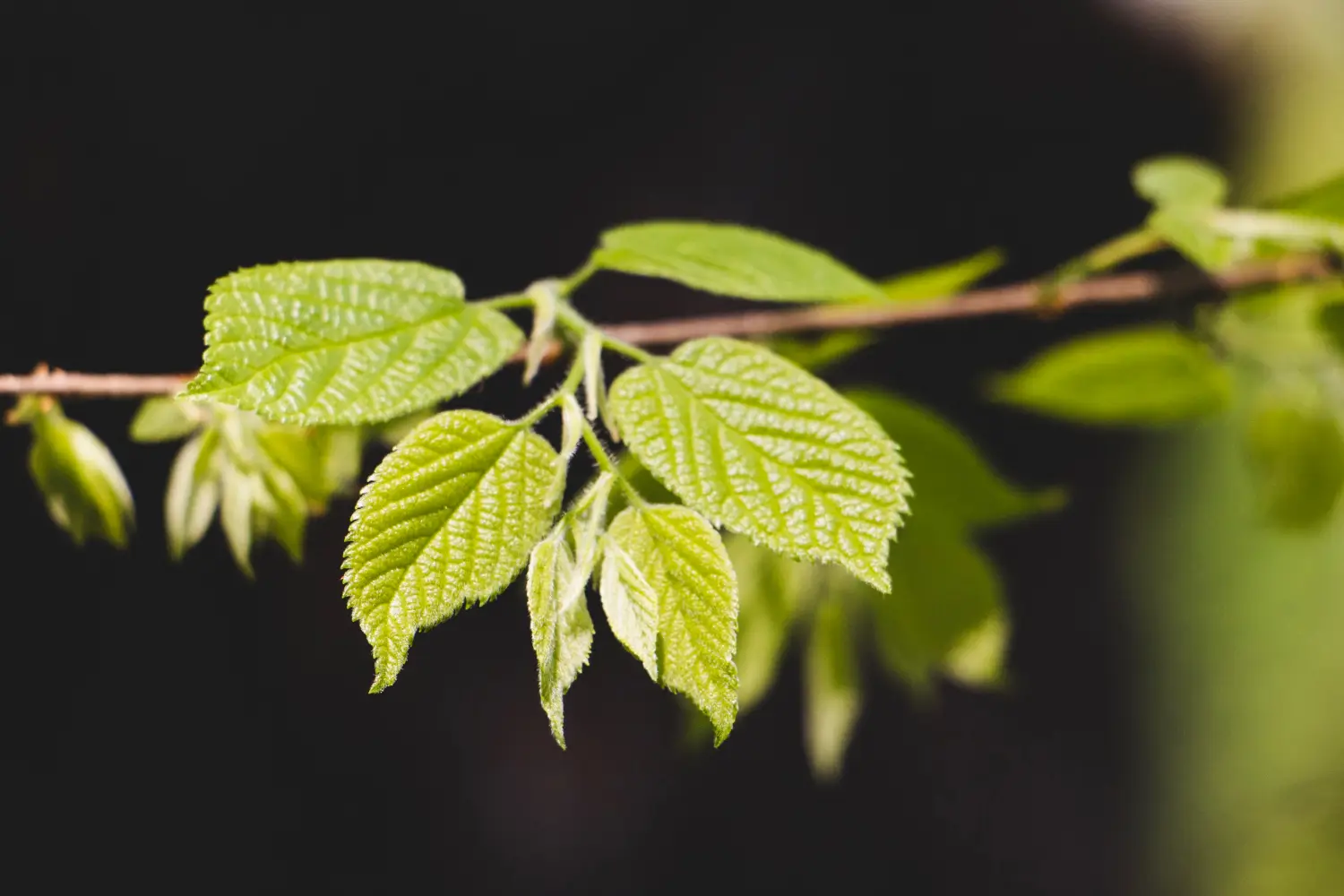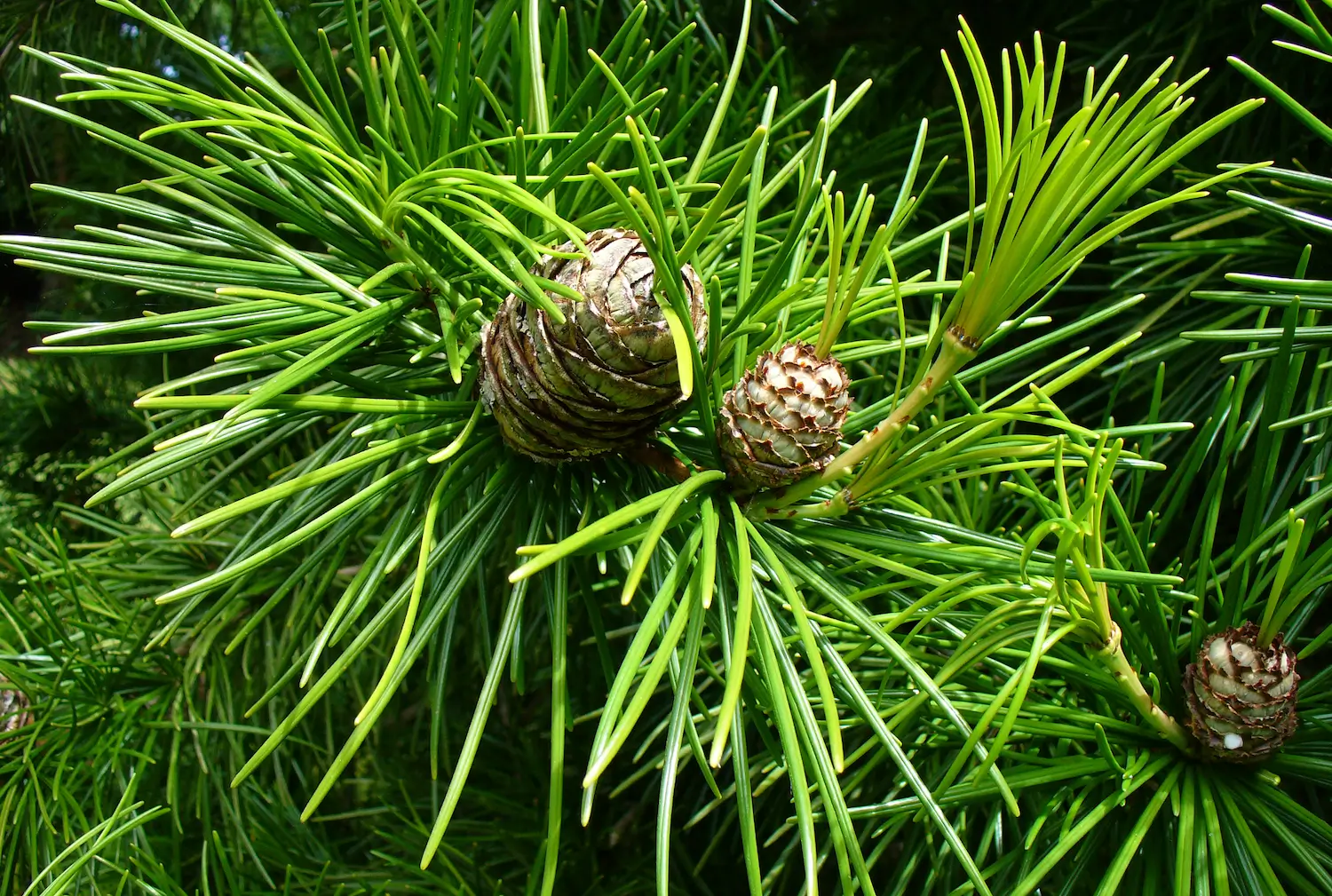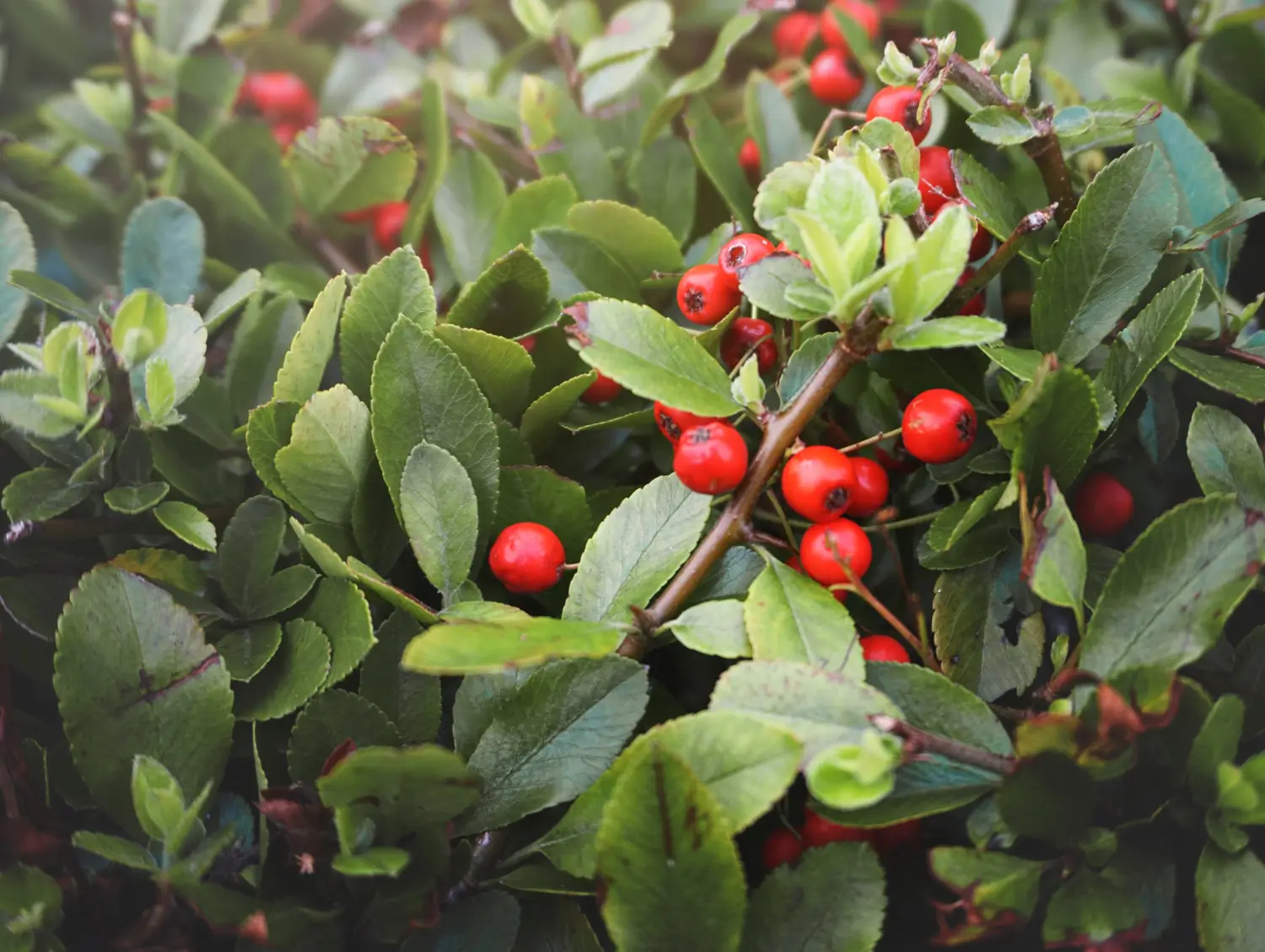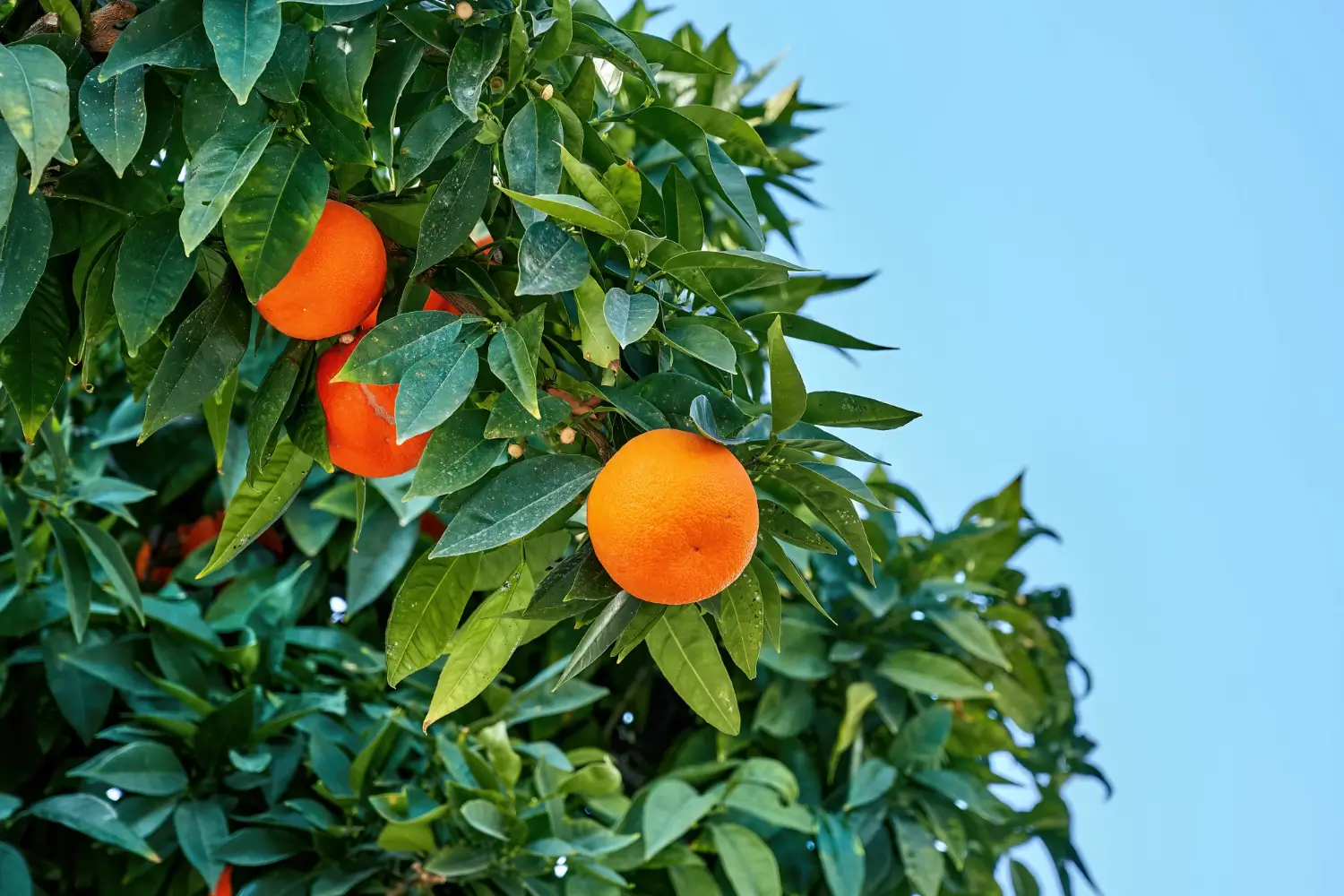
Soil Health & Fertilization
We unite suppliers and green industry professionals worldwide
Commonly known as the "fairy fan-flower", Fan Flower is ideal for those who wish to enjoy flowers year round with no fuss. Whether you are filling your pots, hanging baskets or sunny borders, this trailing plant produces blooms all summer from late spring
By Mariam Scott
|Published on November 30, -1
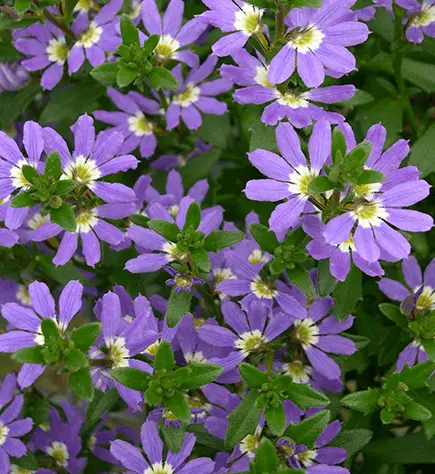

Trying to find a plant that loves the hottest sun, flowers all summer long and barely needs your attention?
Say hello to the Fan Flower (Scaevola aemula), a gardener’s friend when it comes to fuss-free summer color. Its delicate, fan-shaped flowers may appear fragile, but this Australian native is as hardy as it is gorgeous.
Commonly known as the "fairy fan-flower", Fan Flower is ideal for those who wish to enjoy flowers year round with no fuss. Whether you are filling your pots, hanging baskets or sunny borders, this trailing plant produces blooms all summer from late spring to frost. Best of all, it’s naturally drought tolerant, self cleaning (no deadheading!), and is completely safe for pets and children. In a nutshell, Fan Flower combines elegance with rock-solid reliability.
| Common Names | Fan Flower, Fairy Fan Flower |
| Botanical Name | Scaevola aemula |
| Type | Tender perennial that grows as an annual in most climates |
| Height | 8-12 inches tall, 18-24 inches wide (trailing) |
| Light Requirements | Full sun |
| Watering Needs | Moderate, drought tolerant once established |
| Soil Preference | Well-drained, fertile soil |
| Time to Bloom | Late spring until fall |
| Flower Color | Blue, purple or white |
| Hardiness Zones | USDA 10-11 (grown as annual elsewhere) |
| Toxicity | Non-toxic for pets and humans |

September 25, 2025
9 minute read
September 24, 2025
9 minute read
September 23, 2025
10 minute read
September 22, 2025
9 minute read


Join as a seller and connect with thousands of B2B buyers nationwide!
Sign Up
Fan Flower (Scaevola aemula) is sometimes considered as one of the easiest flowering plants to have in the garden, which is probably why they have maintained such notoriety. The plant is also popular for heat resistance and long flowering season, and its endless blooms require little maintenance. Once it’s established, it rarely suffers from pests or diseases and doesn’t require constant maintenance to look its best.
The secret to success with Fan Flower is to mimic the native Australian conditions in which it thrives: warm temperatures, plenty of sun and well-drained soils. Although drought-resistant, Fan Flower is best with regular care, especially if it’s grown in pots or containers, where soil tends to dry quicker than when planted in garden beds.
Whether cascading from hanging baskets or adding charm to mixed borders, Fan Flower needs very little supervision to keep performing. Concentrate on sun, moderate moisture and occasional feeding, and this resilient little plant will bestow its unique fan-shaped flowers all summer long.
Fan Flower does best in full sun. Ensure there is at least 6 hours of direct sun per day for the best performance of profuse blooms and dense foliage growth. It can take some light afternoon shade in hot areas, but too much shade can lead to more sparse flowers and a leggy shape.
Full sun during morning and afternoon hours is great for encouraging trailing, dense growth with profuse flowering.
Fan Flower likes a well drained, fertile soil, whether you are planting in the ground or pots. Soil rich in organic matter improves water retention without causing sogginess. Make sure the site or pot drains well because waterlogged roots can cause rot.
Loamy or sandy soils with neutral to slightly acidic pH are ideal, but the plant adapts well to most non-clay soils.
Although Fan Flower is semi-drought-tolerant once it is established, it will consistently bloom best with regular watering, particularly for plants in containers. Water well when the top inch of soil dries to the touch. Do not over water it – it prefers to dry out a bit between watering.
Mulching helps retain soil moisture and reduce watering frequency in garden beds.
While the Fan Flower is self-cleaning and doesn’t require deadheading, light pruning can help maintain its shape and encourage bushier growth.
Consider these simple pruning tips:
Pruning is entirely optional – Fan Flower will look good with minimal intervention.
Fan Flower is typically propagated via stem cuttings rather than seeds.
Propagation techniques:
By Cuttings:
By Division/Seeds:
This plant is superb for containers, hanging baskets and window boxes where the trailing stems spill elegantly over edges.
For container success:
Larger containers allow for more dramatic trailing effects. Combine Fan Flower with other sun-loving annuals such as petunias or calibrachoas for beautiful and colorful displays.
In most climates, Fan Flower is treated as an annual. However, in USDA Zones 10–11, it can survive year-round outdoors.
For overwintering:
In-ground plants typically die back after the first frost in cooler zones.
The distinct fan-shaped blossoms are very unique, produced continuously from late spring until frost without the need for deadheading.
Fan Flower is notably trouble-free, but occasional issues can arise.
Watch for:
Generally, healthy plants resist pests and diseases when grown in proper conditions.
If you are looking for a low-care, trailing flowering plant that thrives in sun, heat, and drought, then Fan Flower is the plant for you. Its distinctive flowers and trailing growth habit make it a star of patio pots and hanging baskets.
Whether you're a busy gardener or new to gardening, Fan Flower delivers months of easy-care beauty with little maintenance and maximum impact.
Yes! Fan Flower is non-toxic to cats, dogs, and humans.
No, it is self-cleaning – spent flowers naturally drop off without intervention.
It prefers outdoor growing conditions. Indoors, you’ll need very bright light or grow lights for success.
Check sunlight – less than 6 hours of direct sun per day will reduce blooms significantly.

Soil Health & Fertilization
Victor Miller
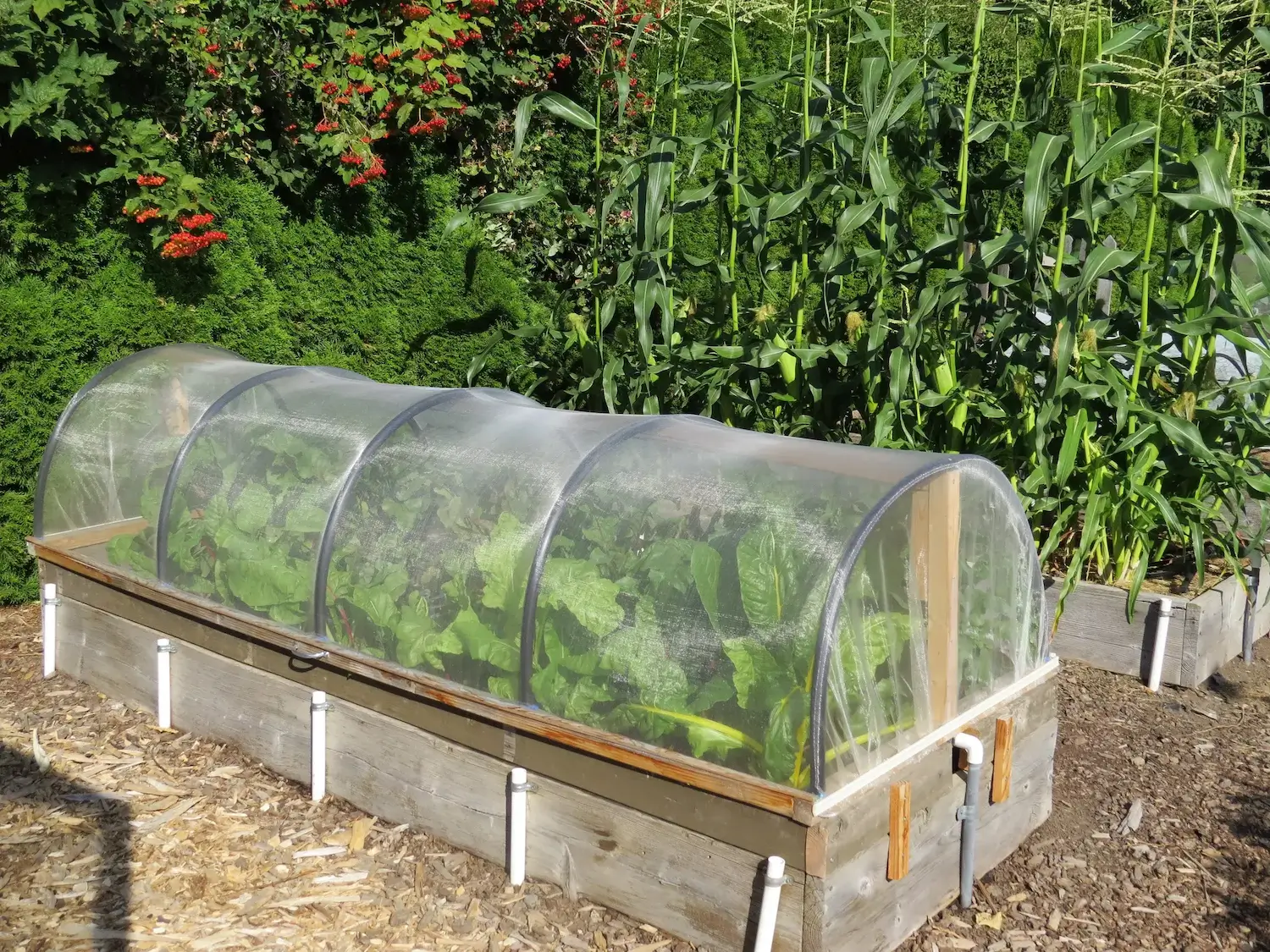
Pest Identification & Prevention
Victor Miller
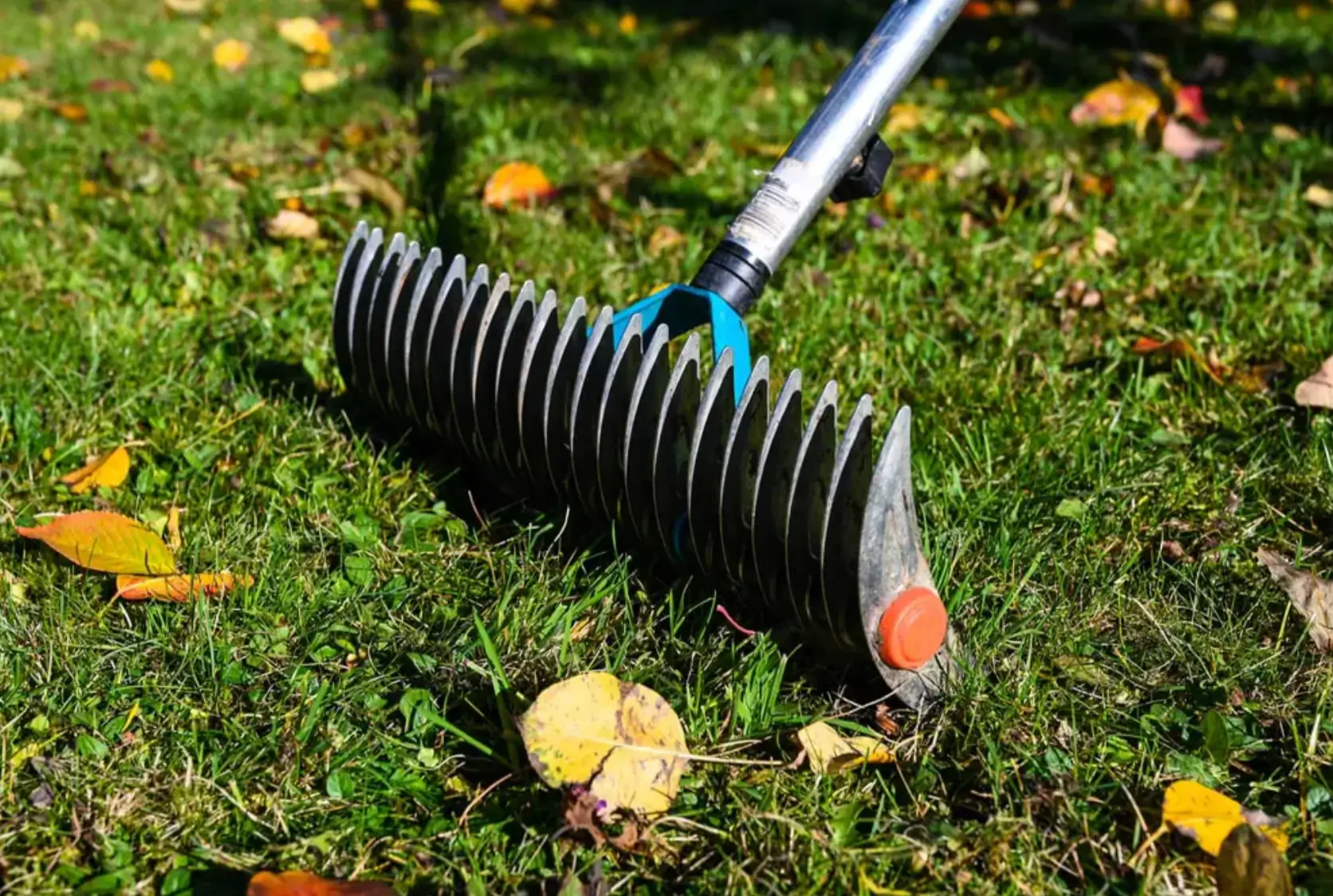
Lawn Care Tips & Maintenance
Victor Miller
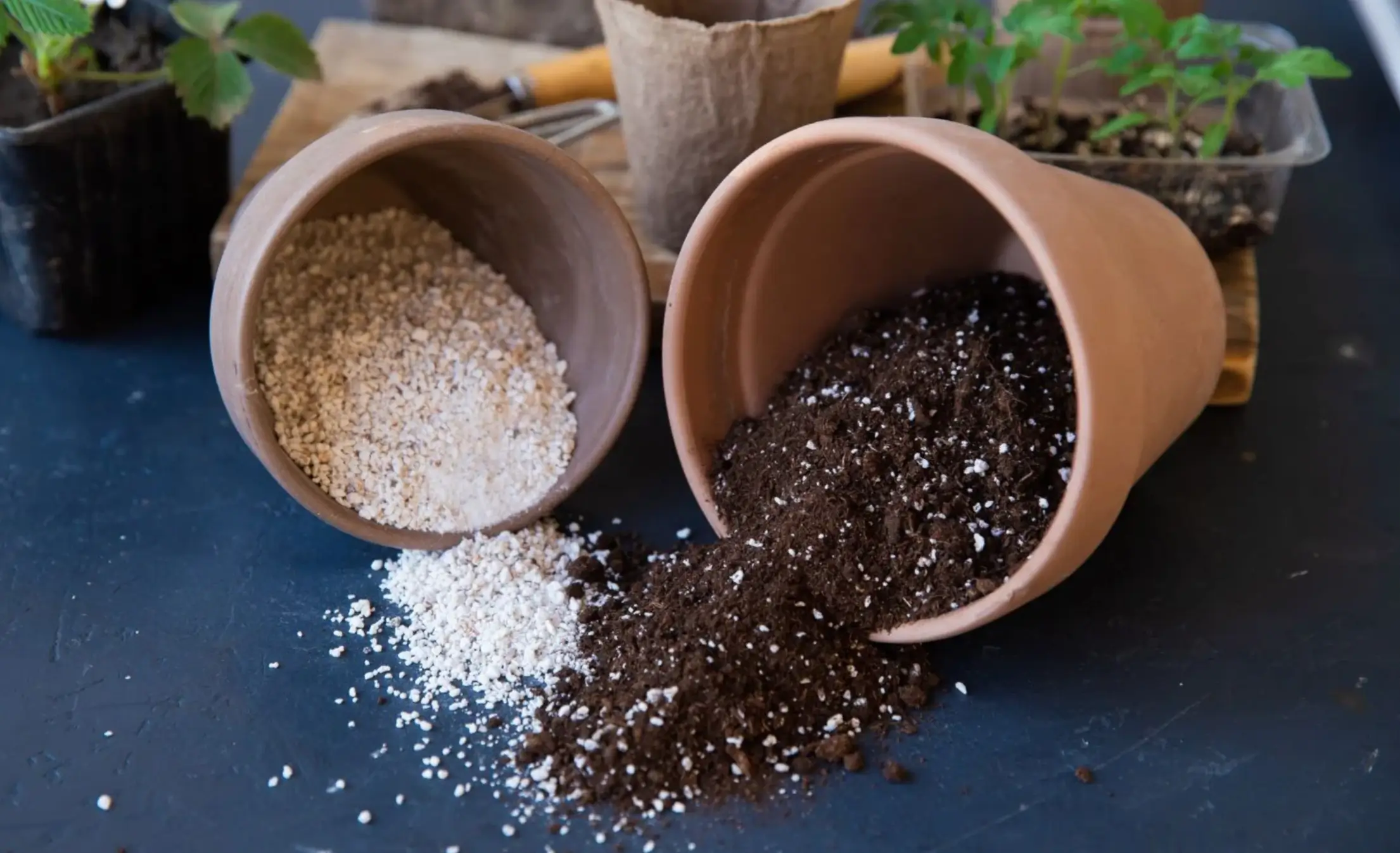
Soil Health & Fertilization
Victor Miller

Smart Irrigation Systems
Victor Miller

Patios, Walkways & Driveways
Victor Miller
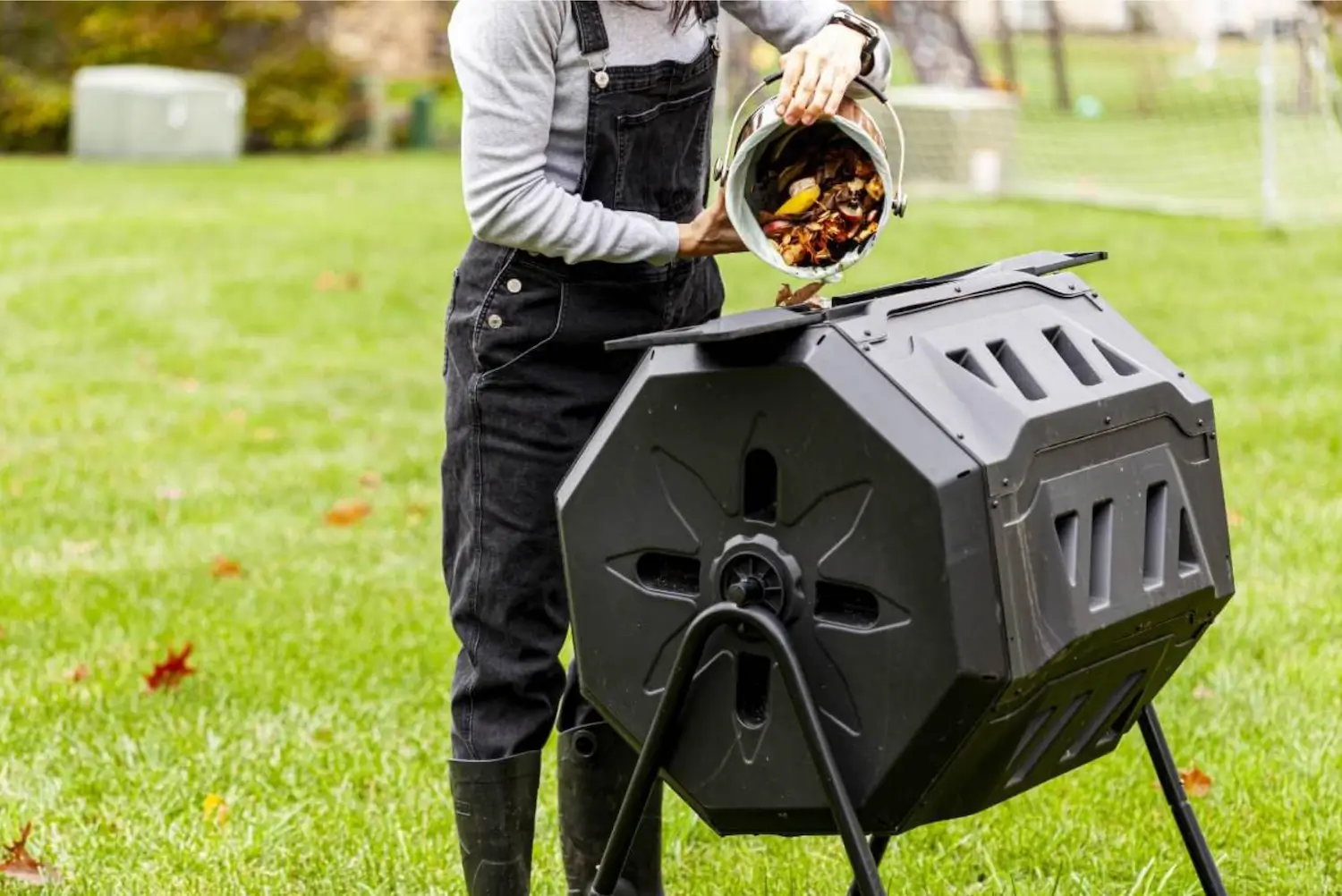
Soil Health & Fertilization
Victor Miller
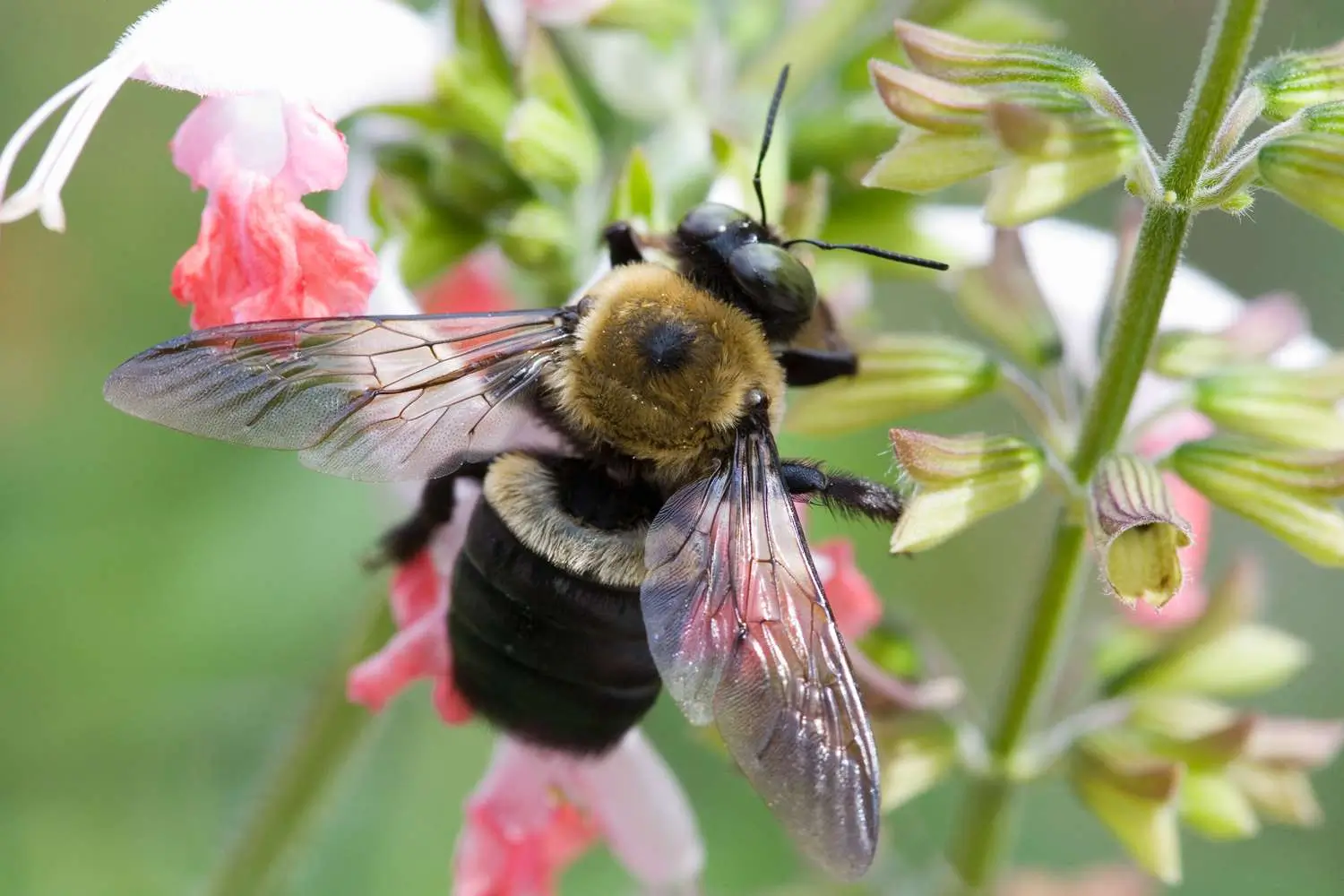
Pest Identification & Prevention
Victor Miller
My Account
Our team is always here to help.
We are open Monday - Friday, 9:00 AM to 4:30 PM PST.
